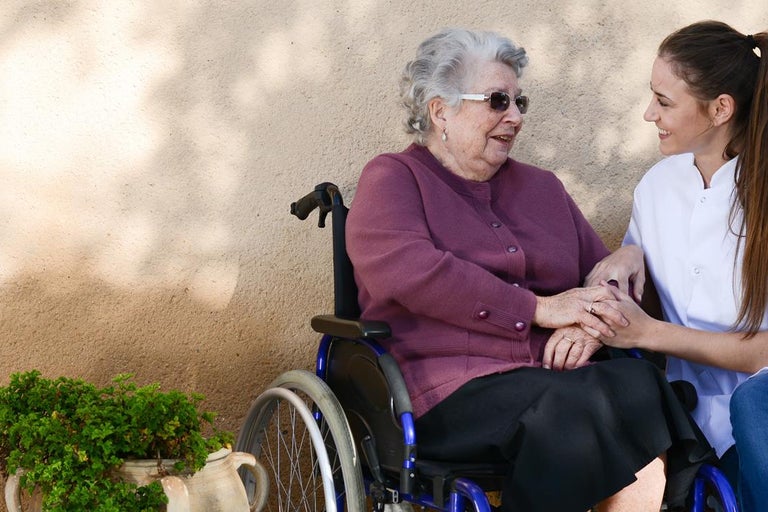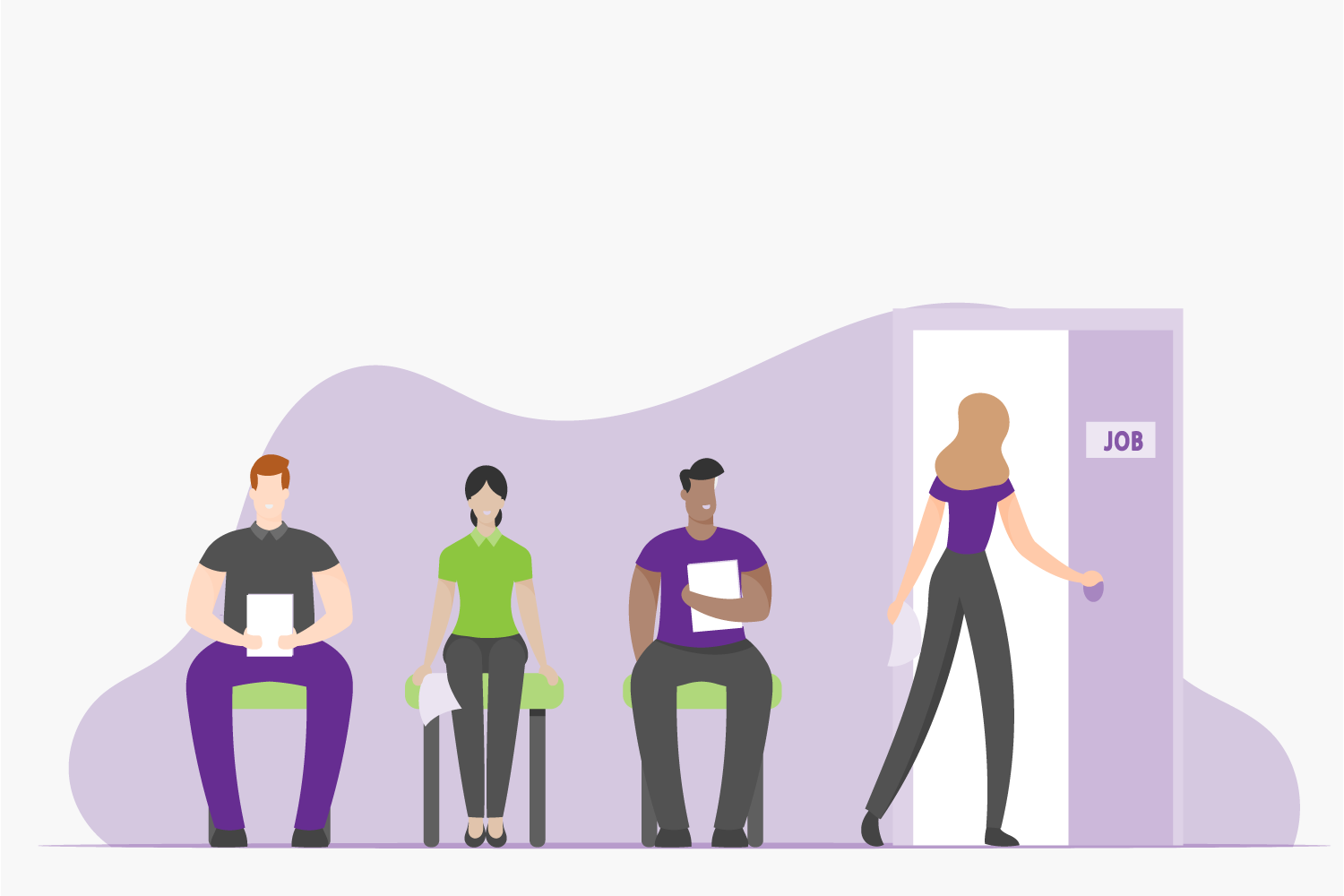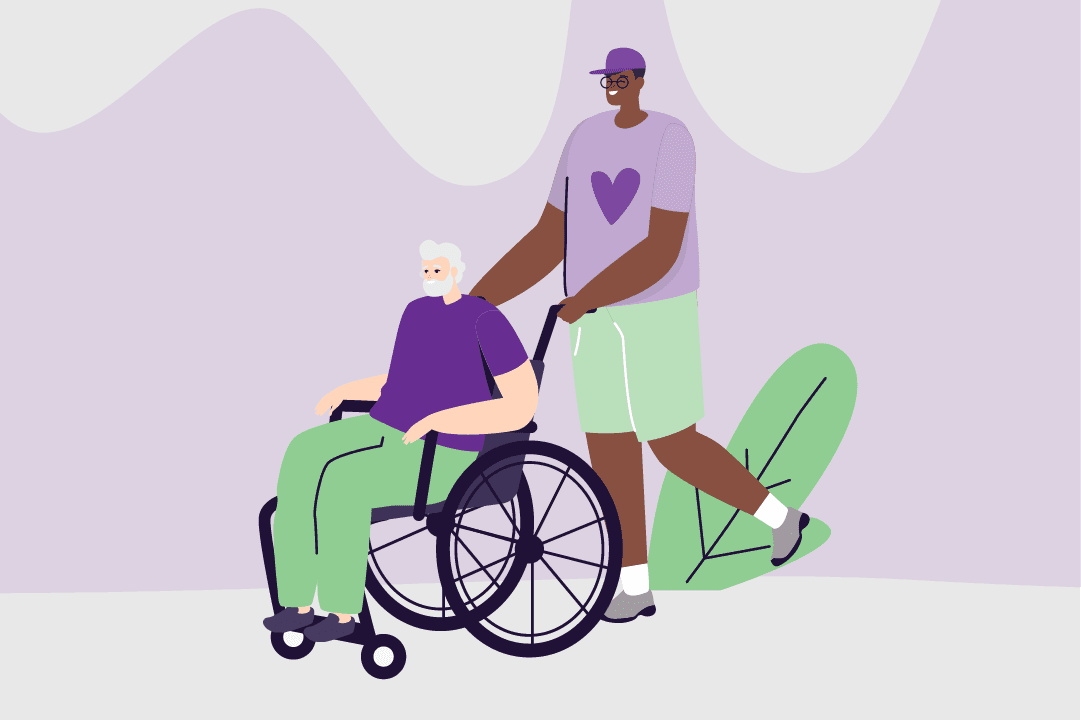Personal trainer job description
Let’s get real. Job information online can often be overly optimistic — conveniently glossing over the raw bits. But when you’re making decisions about your future, you need all the facts.
That’s why we anonymously surveyed personal trainers about their job, with hopes of getting an honest insight into what it’s really like.
While we did our best to ensure respondents were Australians and verified their job titles with proof of employment, we can’t guarantee complete accuracy — or that your experiences in the field will reflect theirs. So, we suggest that you take these insights as a guide only and try to talk to people in the field before making an important decision.
Tasks and responsibilities for a personal trainer
What does a personal trainer do?
Personal trainers work with people to safely and effectively identify health and fitness goals, design exercise and fitness programs, and educate and motivate towards their goals.
- Assess client fitness and health levels
- Create and tailor exercise programs
- Monitor and Evaluate the progress of clients' fitness levels
- Advise clients on proper ways to do specific movements and exercise techniques
- Provide safe and proper use of equipment
- Advise customers on ways to improve nutritional lifestyle habits
- Inform clients on gym safety and hygiene standards
- Maintaining current first aid certification, skills and knowledge
How to become a personal trainer
-
Study
Completing a course with a registered training organisation (RTO) is the best way to ensure you have the core skills to work as a personal trainer. Initially studying a Certificate III in Fitness (SIS30321) will help you get started in the industry, and then a Certificate IV in Fitness (SIS40221) will be required to work as a personal trainer. This will provide the training you need, can be taken part-time if required, and can be affordable.
-
Other Certification
Ensure that you have appropriate certification such as a First Aid Certification. Some employers may also need you to have a current Working with Children check.
-
Network
Gain professional membership to fitness-related groups such as AUSactive, FITREC, Physical Activity Australia. This will allow you to network and build relationships with other students, mentors, personal trainers, and more. And to gain potential opportunities to grow your fitness career further.
Pathway options
A job as a personal trainer might be a great fit for you and be a fantastic fulfilling career. However, it could also be an excellent platform to show you other possible opportunities in the fitness industry.
Junior
-
Workout Developer
Most common qualification: Certificate III in Fitness (SIS30321)
Mid
-
Group Exercise Instructor
Most common qualification: Certificate III in Fitness (SIS30321)
-
Health, Wellness, and Nutrition Coach
Most common qualification: Fitness and nutrition related certificate
-
Gym Manager
Most common qualification: Bachelors in sports science, health science, sports, recreation management or a related field
Senior
-
Senior Fitness Instructor
Related subjects
Jobs that require enthusiastic people that care about helping others could be more fulfilling for you. Other roles in disability, aged care, nursing are always in-demand and for enthusiastic newcomers.










































